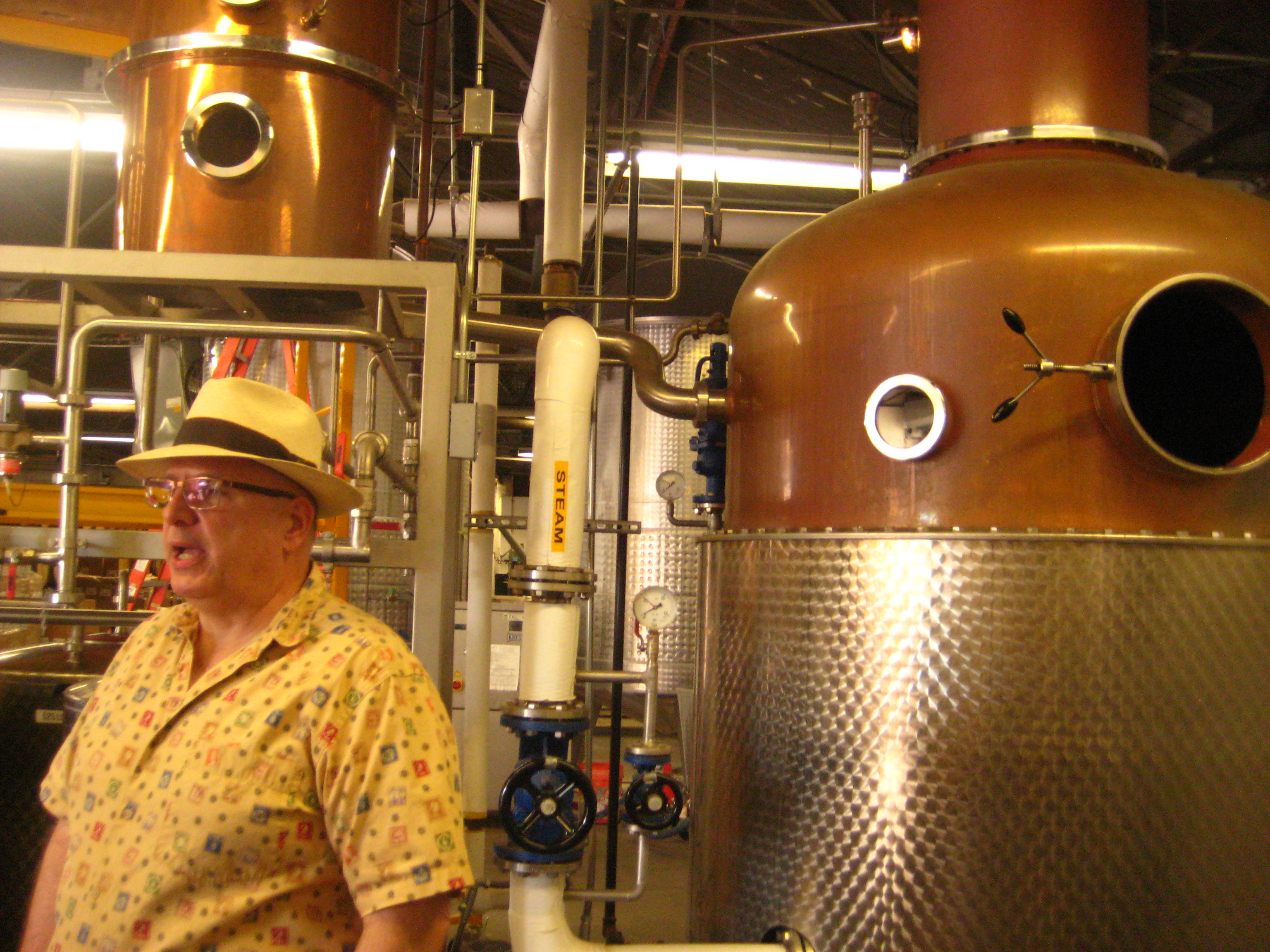This is a message to anyone getting excited about drinking and buying whiskey- Go visit a distillery. Go visit many.
You don’t have to go to Kentucky, there is probably one near you.
I get a lot of questions about whiskey and a lot of my answers have to start with a description of the production process. What makes one bourbon taste so different from another? Is bourbon a whiskey? Why does scotch taste so different? Why are mature bourbons only 10 years old while younger scotches start at 10 years old? Is this $500 bottle of whiskey worth it? It seems the modern bourbon craze is creating collectors first, and educated consumers second.
I find that it can be a benefit to first visit a small scale distillery before visiting the big boys. (That is NOT to say that seeing the inner workings of a distillery that can pump out a thousand barrels a day isn’t priceless…) A smaller distillery has more room for experimentation. They most likely had to learn about their distinct distilling process through trial and error with their new still. (The big distilleries have had their kinks worked out for 100 years and are way ahead of the game!) Which grain mash bill will be our preference or how should we configure our still to produce the distillate that we prefer? Do we keep the solids in our mash for distilling or strain them out? Should we use the sour mash technique or make a sweet mash? It is an enlightening experience to listen to a distiller talk about his white dog/white whiskey. They are proud of their product and are happy to tell you all about it. Take a tour and ask questions!
You can taste the grains. Believe me, they are varied! I’m sure if you’ve ever had the pleasure of buying from a local bakery, you will appreciate the many and varied types grain they use and the heavenly scents that those cooked grains put into the shop. Now imagine what those different grains would do to a whiskey. It’s pretty amazing what those differences can be.
You can appreciate the true simplicity of the process by going to a smaller distillery. Malting, milling, mashing, fermenting, distilling…they talk about it all. Chances are the malting and the milling are done at another location, but they’ll tell you where. (Hill Rock farms does it all-they even grow their own grains! Some smaller scale distilleries have milling machines that grind their grains so they can control that as well.) Distillation has been done for thousands of years, and although our modern stills have a few more bells and whistles, the process is the same. Seeing different stills, different types of fermentation vessels, and different approaches in the process will give you a greater appreciation for your favorite dram.
You can taste the true difference between the new make spirit and an aged spirit. Nothing gives you an appreciation for what happens in the barrel like actually tasting the before and after. You’ll learn about the oak barrels, char levels, finishing barrels and all the ways that a distiller can control (or not control) what their barrels do to the distillate. The smaller distillers may not have product that has aged for a terribly long time, but it may be very similar to what Americans used to drink before they had access to much older whiskeys. American distilling history is wrapped up in the history of our country and today is no different.
If you want a crash course in whiskey, go visit a distillery! The little guys need our moral (and financial) support to compete in a very competitive market. And, let’s be honest, they need the opportunity to explain how great their whiskey is! Understanding how whiskey is made and what makes it taste the way it does is important in helping you determine what to drink and what to spend your money on at the liquor store. If you don’t listen to me, listen to the immortal words of G.I.Joe, “Knowing is half the battle!”

